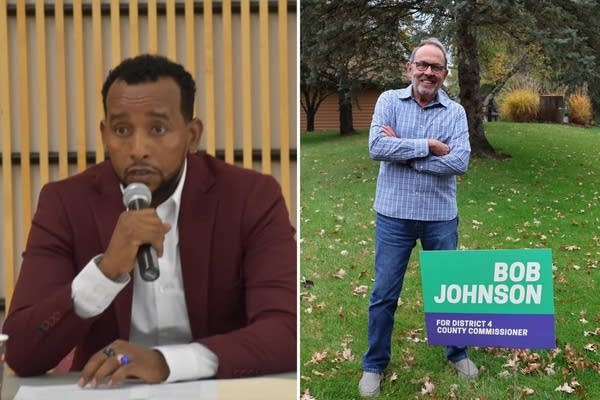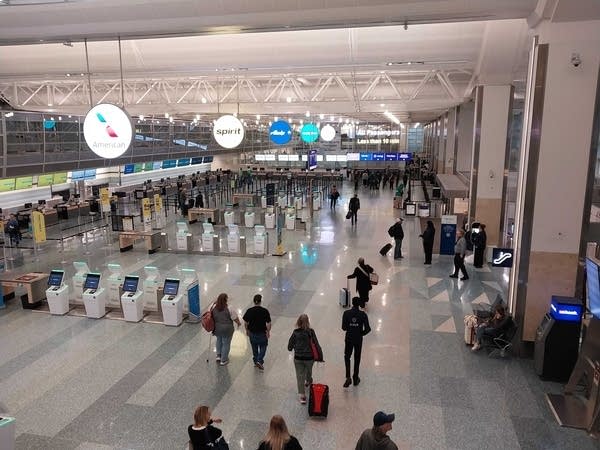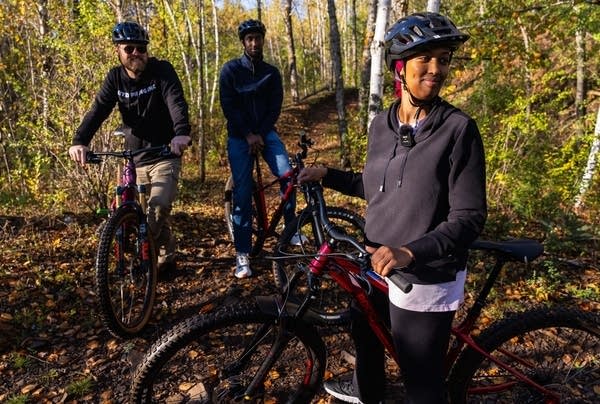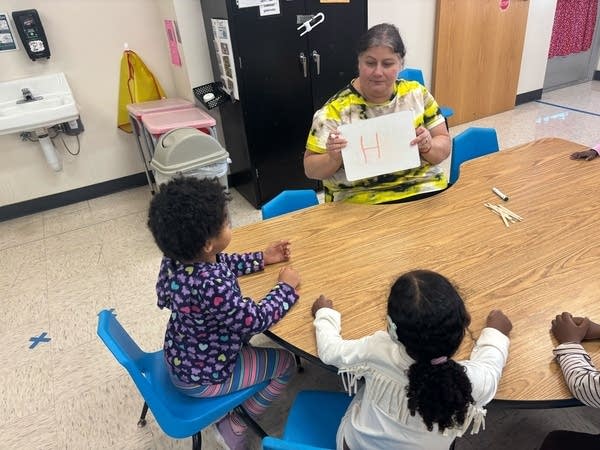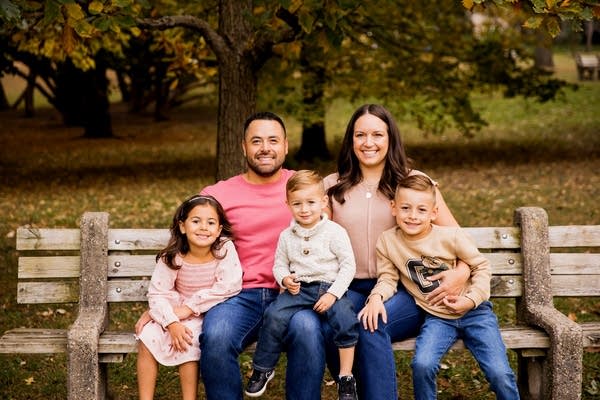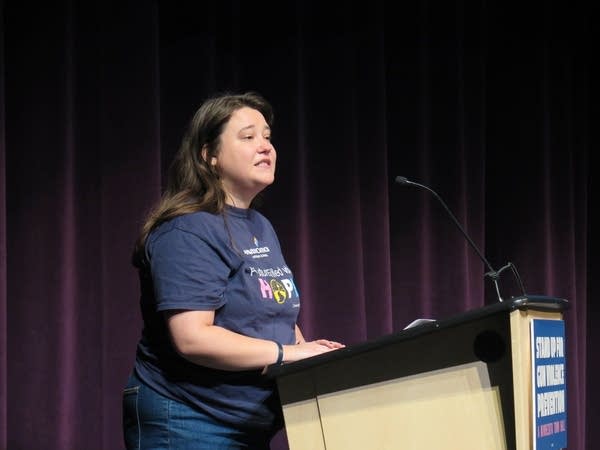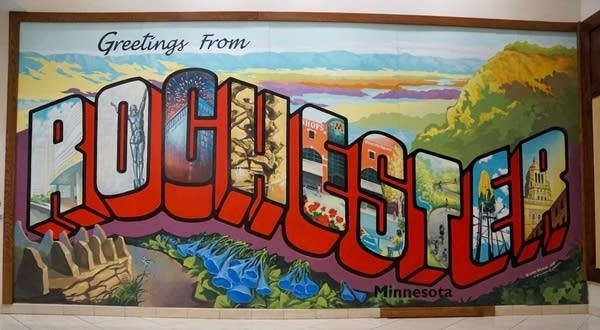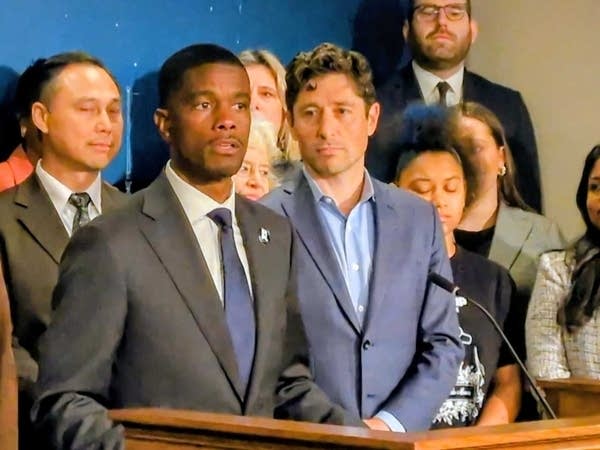How does ranked choice voting work?
Description
Election day is less than a week away.
This year, five Minnesota cities — Minneapolis, St. Paul, St. Louis Park, Bloomington and Minnetonka — will use ranked choice voting in their mayoral and city council elections.
That’s a method where voters rank several candidates for a single office.
While the voting method has been used in Minneapolis for more than 15 years, its popularity is often divided along party lines. Efforts to further expand it at the state level through legislation failed in 2024 and 2025.
Jeanne Massey is one of ranked choice voting’s biggest cheerleaders. She’s the executive director of FairVote Minnesota. Massey spoke with MPR News host Clay Masters about how it works and responded to criticisms of the process.
Press play above to listen to their conversation, or read a transcript below, edited for clarity.
When people in Minneapolis, St. Paul, St. Louis Park, Bloomington and Minnetonka go to vote on Tuesday, remind us what they are going to see on their ballots.
In each of those cities, they’ll have a form of a ballot that lets voters rank their options in order of preference, marking the first, second, third choice. They have up to three ranking options in the Hennepin County cities, and in St. Paul, they will have the option to rank up to the five candidates running for mayor. And so that will be how their ballot is presented.
What we encourage voters to do is really rank all the preferences that they have. In many of these races — especially the mayoral races, but also several city council races — they’re very competitive, the outcome is unknown, and in those circumstances, ranking is how the voter is ensured that their ballot will count until the final round of tabulation.
And so after that final round, how is ranked choice voting then tabulated?
In Minneapolis and St. Louis Park, Bloomington and Minnetonka, the cities all use a very similar method. They tabulate the additional rounds of voting on a spreadsheet. It’s still a manual process. There’s nothing certified in those communities for automated software, so it’s a manual process using the spreadsheet. But it goes so fast, there will be known results by the next day. In St. Paul, they move to an automated tabulation system this year, so they will have election night results.
Ranked choice voting is used in cities in 17 states, including arguably one of the highest-profile elections this year: the race for New York City Mayor. What do you think makes it attractive to these municipalities?
What rank choice voting has allowed municipalities to do is to consolidate two elections into one, so either a primary and a general election or a general election and a runoff. And so by doing that, you can just run one effective election when turnout is highest and most diverse, typically in the general election. And that just breaks down barriers for candidates to run.
You see more candidates running. You see differences in campaigning, because now candidates need to build broad coalitions to get to a majority, so they don’t pander to their base as much, but rather build coalitions. And once they’re in office, they really need to make sure that they’re keeping that coalition together by compromising, because they’ve got a whole broad set of voter blocks that helped get them elected.
Ranked choice voting has received plenty of criticism, and its support is still broadly partisan. Six states have outright banned ranked choice voting. Some critics point to a 2022 election in Oakland, where officials incorrectly configured their ranked choice voting system. Others say it’s harder to tally votes, and can lead to votes erroneously being tossed out. Are there risks to this system as you see it?
Well, let’s separate those two things. And I’m going to frame it in this way to say that it’s really the most popular and fastest-growing reform around the country, despite some of the criticisms that you hear. And there is disinformation that’s provided by groups that don’t like the change in the system.
It has always, for the longest time, especially in these local elections, had broad bipartisan support. That has shifted in more recent years. But you can see in Utah, where ranked choice voting has been used in 20-plus cities, there has been strong support. And I want to separate that kind of political interest from an error in Oakland, where there were concerns about how that happened. There was an error in how that calculation happened. It’s very irregular that that happens. It’s been used by millions of voters across the country, without incident and without error.




